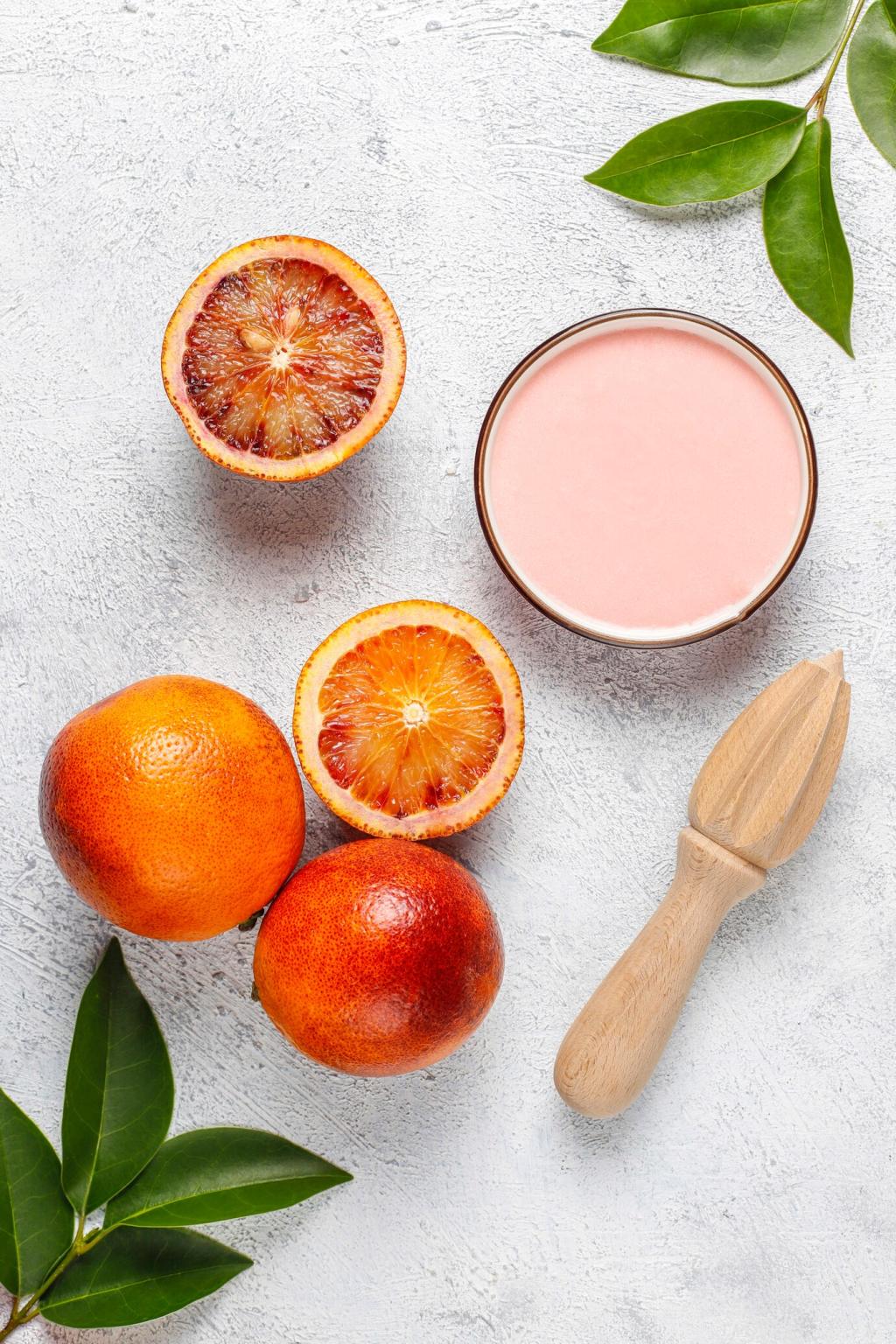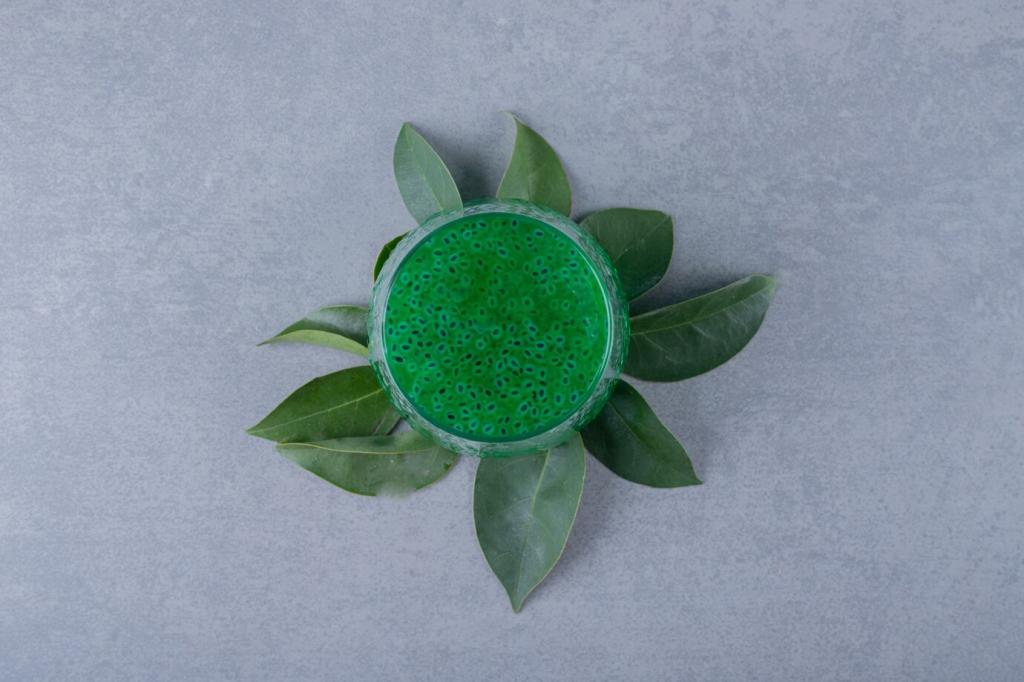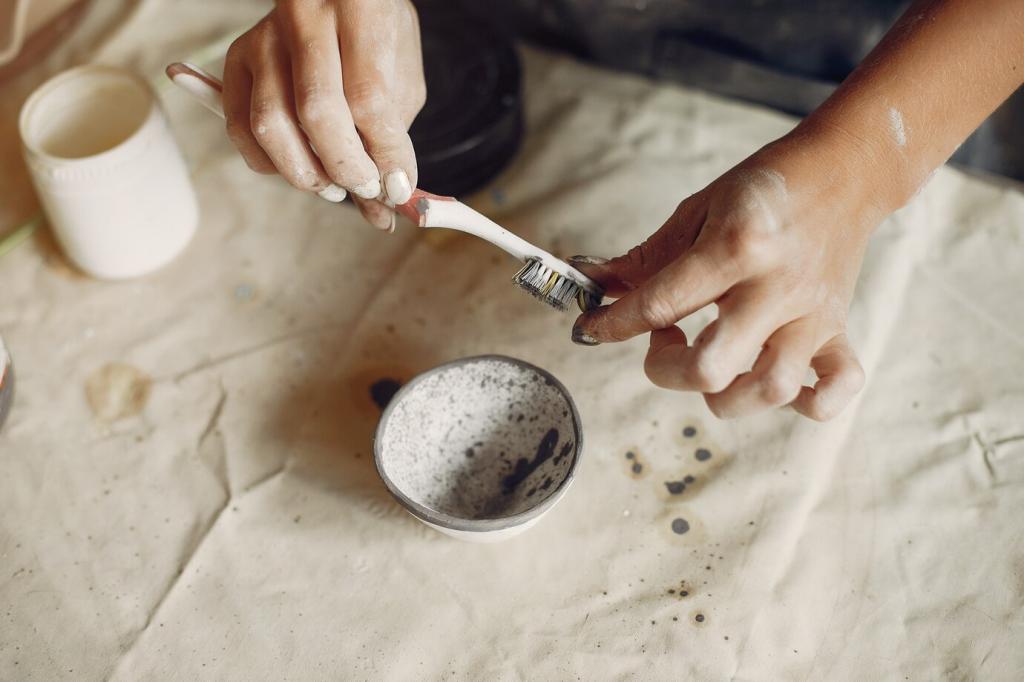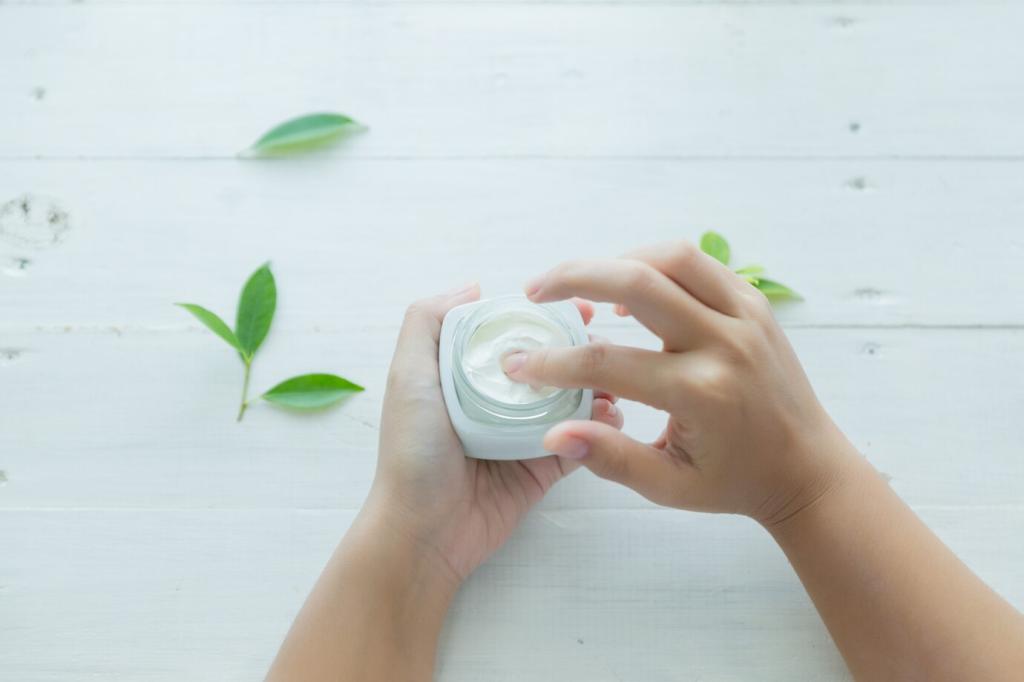Shine Naturally: Eco-Friendly Furniture Polish Solutions
Today’s chosen theme: Eco-Friendly Furniture Polish Solutions. Refresh your favorite pieces with plant-based waxes, kitchen-safe oils, and low-waste habits that honor your home and the planet. Subscribe for weekly recipes, hands-on tests, and reader stories that make every polish session feel purposeful.
Why Planet-Safe Polish Matters
Conventional polishes can release volatile organic compounds that linger long after the shine fades. Eco-friendly furniture polish solutions rely on naturally derived oils and waxes, cutting synthetic solvents so your living room smells like wood and citrus, not a workshop. Your lungs, kids, and pets will notice.
Plant oils condition fibers while waxes create a breathable shield, helping wood resist everyday scuffs without smothering its character. When formulas are biodegradable and packaging is reusable or refillable, the glow on your table also reflects a lighter footprint. Sustainable care truly adds invisible value.
My grandmother swore by a lemon peel rubbed over a faded cedar chest, then buffed with an old cotton shirt. The citrus scent lingered for days, and the grain seemed to wake up. What’s your earliest polishing memory? Share it below and inspire another reader.


Jojoba behaves more like a liquid wax and resists rancidity, making it ideal for conditioning sealed wood. Grapeseed spreads thinly and buffs clear, while walnut adds warmth but should be tested for sensitivities. For eco-friendly furniture polish solutions, keep coats light and always test an inconspicuous spot first.

Carnauba, from palm leaves, is famously hard and scuff resistant, while candelilla offers a vegan alternative with a faster buff-out. A touch of beeswax brings creamy glide and comforting aroma. Blending waxes balances protection and feel, avoiding films that attract dust or smear under warm fingertips.

Essential oils should enhance, not overwhelm. Cedarwood lends a classic cabinet-shop note and pairs beautifully with beeswax. Lavender softens sharp edges, while sweet orange brightens without heavy solvents. Keep drops minimal, avoid strong photoreactive citrus on sun-drenched surfaces, and tell us your favorite scent pairing in the comments.
DIY Polish Recipes, Tested in Real Homes
Combine one part jojoba with one part white vinegar and a strip of lemon zest, shake, then strain. The mild acid helps lift haze, while oil restores glow on sealed finishes. Mist a cloth lightly, never the wood, and buff with the grain for a crisp, natural shine.

Match Polish to Wood and Finish
Film finishes already protect the wood; they only need light conditioning. Use very thin applications, avoiding silicone that can complicate future repairs. Buff gently with a soft microfiber until the cloth slides freely. If streaks appear, reduce oil content and increase your buffing time for clarity.
Application Techniques that Elevate the Shine
Fold your cloth into quarters for consistent pressure and clean flips. Apply in overlapping circles to distribute, then finish with long, straight passes along the grain. A reader told us this method even softened the look of a marker scuff without resorting to harsh cleaners.


Application Techniques that Elevate the Shine
Thin is everything. Apply a whisper coat, wait sixty seconds, then buff until your cloth squeaks. Repeat for a second pass only if needed. Friction creates a subtle warmth that sets waxes, helping eco-friendly furniture polish solutions achieve a smooth, glassy glow without stickiness.


Fixing Common Problems the Green Way
Haze often means excess product. Lightly mist a cloth with diluted alcohol, wipe to cut the film, then re-buff dry. Store wax away from heat so it doesn’t soften and smear. Next time, reduce oil content and extend your final buff until clarity returns.
Fixing Common Problems the Green Way
For fresh rings, try a dab of plain mayonnaise and a soft cloth, working in gentle circles to coax moisture out. Stubborn heat marks sometimes lift with a warm iron over a cotton cloth, seconds at a time. Always test first and report your results to help others.
Sustainability Beyond the Bottle
Decant polishes into glass spritzers, label tins for solid wax, and keep a repairable mister. Visit refill stations or organize neighborhood swaps for containers. Track how many bottles you avoid this year, then challenge a friend. Post your count and inspire our community scoreboard.

